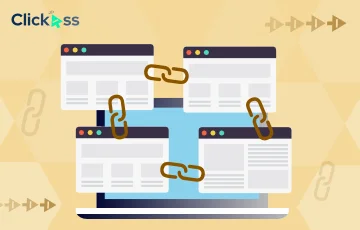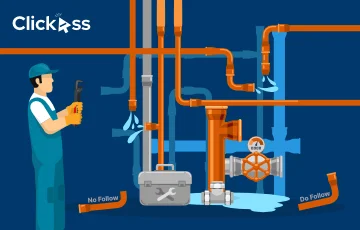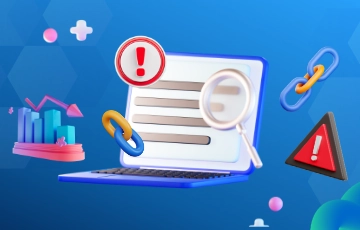Key Takeaways
1️⃣ Link-building isn’t about luck—it’s about leverage. Instead of hoping for backlinks, create content that demands to be linked to (original research, expert roundups, and interactive visuals).
2️⃣ Relationships drive backlinks, not cold emails. Engage with industry leaders through webinars, guest blogging, and digital PR—the easiest way to earn links from high-authority sites.
3️⃣ Google-proof your rankings with sustainable strategies. The Skyscraper Technique and Broken Link Building aren’t just theories—they’re repeatable, high-impact methods to scale your backlink portfolio.
Tired of Google updates tanking your traffic?
The safest way to stay on top—without chasing algorithms—is by earning high-quality organic backlinks.
These aren’t bought or bartered—they’re given because your content deserves it.
This guide breaks down how to earn them, where to find opportunities, and how to build a link profile that actually lasts.
What Are Organic Links and How Do They Benefit Your Website?
Organic links are naturally earned backlinks from other websites that find your content valuable enough to reference.
Unlike paid links or link exchanges, these backlinks are freely given because they add value to the referring site’s audience. They also improve your search engine positioning.
Did you know—93.8% of link builders say link quality is more important than link quantity.
Think of organic backlinks like word-of-mouth recommendations.
If a respected industry blog links to your article, it’s like a trusted expert vouching for your expertise.
Google recognizes this endorsement and rewards your site with better rankings, increased visibility, and more traffic.
Here are the top three benefits of organic link building:
- Higher Search Rankings: Google favors quality over quantity. A single organic backlink from a trusted site can outperform dozens of low-quality links, signaling credibility and pushing your content higher in search results.

- Consistent Traffic Growth: Unlike paid ads that stop the moment your budget runs out, organic backlinks keep driving traffic for months or even years. As long as your content stays relevant, links from authoritative sources will keep sending visitors your way.
- Stronger Domain Authority: The more high-quality backlinks you earn, the more authority your site builds. This boosts your chances of ranking for competitive keywords and landing in featured snippets, making your website a go-to resource in your industry.
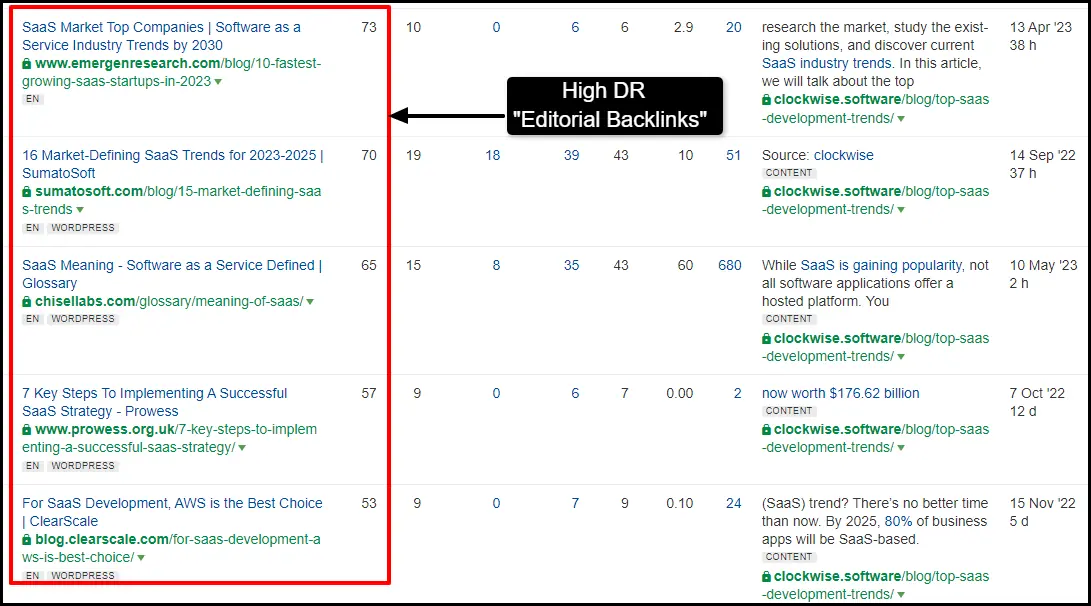
Ultimate Organic Link Building Strategies
1. Create Link-Worthy Content
If you want organic backlinks, you need to create content that people actually want to link to.
High-quality backlinks are a result of publishing content that is so good, so unique, and so useful that people feel compelled to reference it.
Here’s what you can do:
A. Identify Content That Attracts Natural Backlinks
Here are a few formats that you must explore:
1. In-Depth Guides and Tutorials
Ever noticed how comprehensive guides tend to dominate search results? That’s because people love one-stop-shop resources that answer all their questions in one place.
✅ Example: Think about Backlinko’s “Definitive Guide to Link Building.” It’s a beast of a guide—long, detailed, packed with examples. Because of this, thousands of sites link to it as an authoritative resource. That’s exactly the kind of content you want to create.
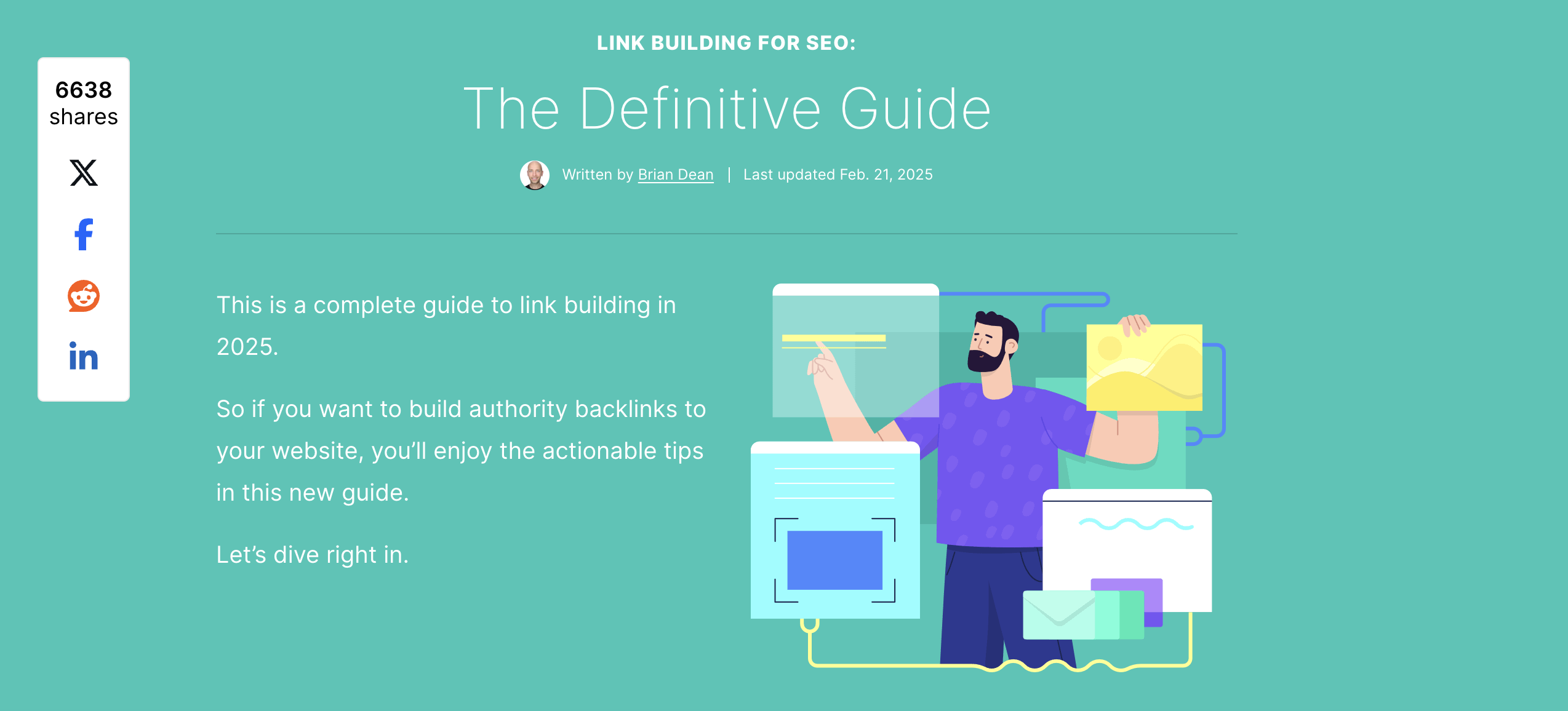
Pro Tip: Instead of writing a generic “How to Build Links” article, go bigger—“The Ultimate Link Building Guide for 2025: 50+ Proven Strategies” with case studies, data, and real-world applications. |
2. Original Research and Data Studies
If you can provide fresh, valuable data, you’ve got a backlink magnet on your hands. Marketers, bloggers, and journalists love citing new stats—so give them something worth referencing.
✅ Example: Have you seen those reports published by SEJ frequently titled something like “The State of SEO in 2025.” Such reports get cited across thousands of blogs because they provide unique, valuable statistics.
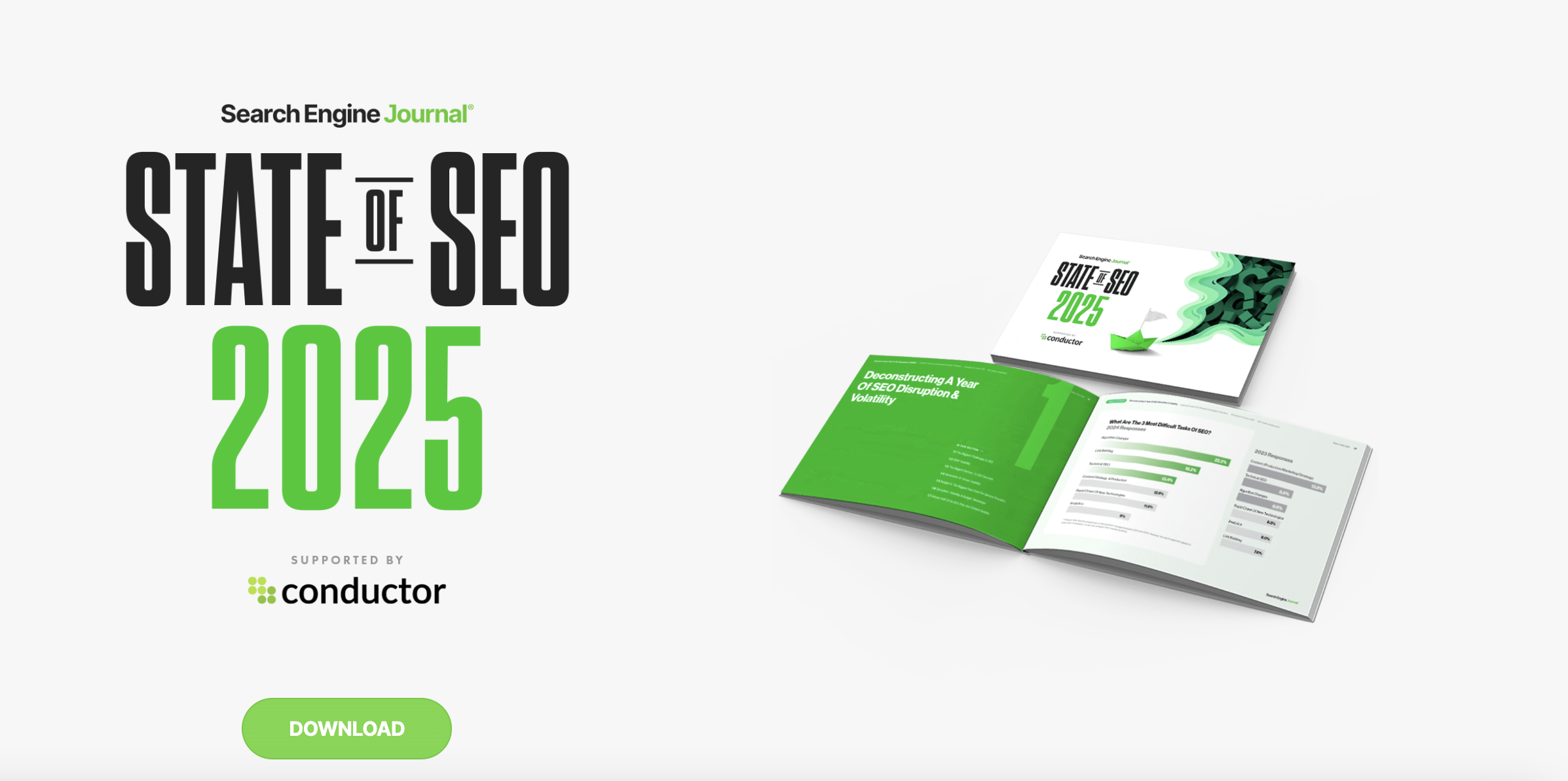
Pro Tip: If you don’t have the resources to conduct large-scale research, try compiling industry stats from multiple sources into one report. Sites will link to you as a go-to resource. |
3. Expert Roundups and Thought Leadership Content
People love reading what industry experts have to say, and even better—they love sharing and linking to content that features them.
✅ Example: Mind The Product is a go-to blog for product leaders where they can access podcasts, newsletters, and even interviews with influential people in the product/tech industry.
You can find a similar site based on your industry and relevance. It is a guaranteed backlink magnet. This is because the experts featured in it will share and link to the article themselves.
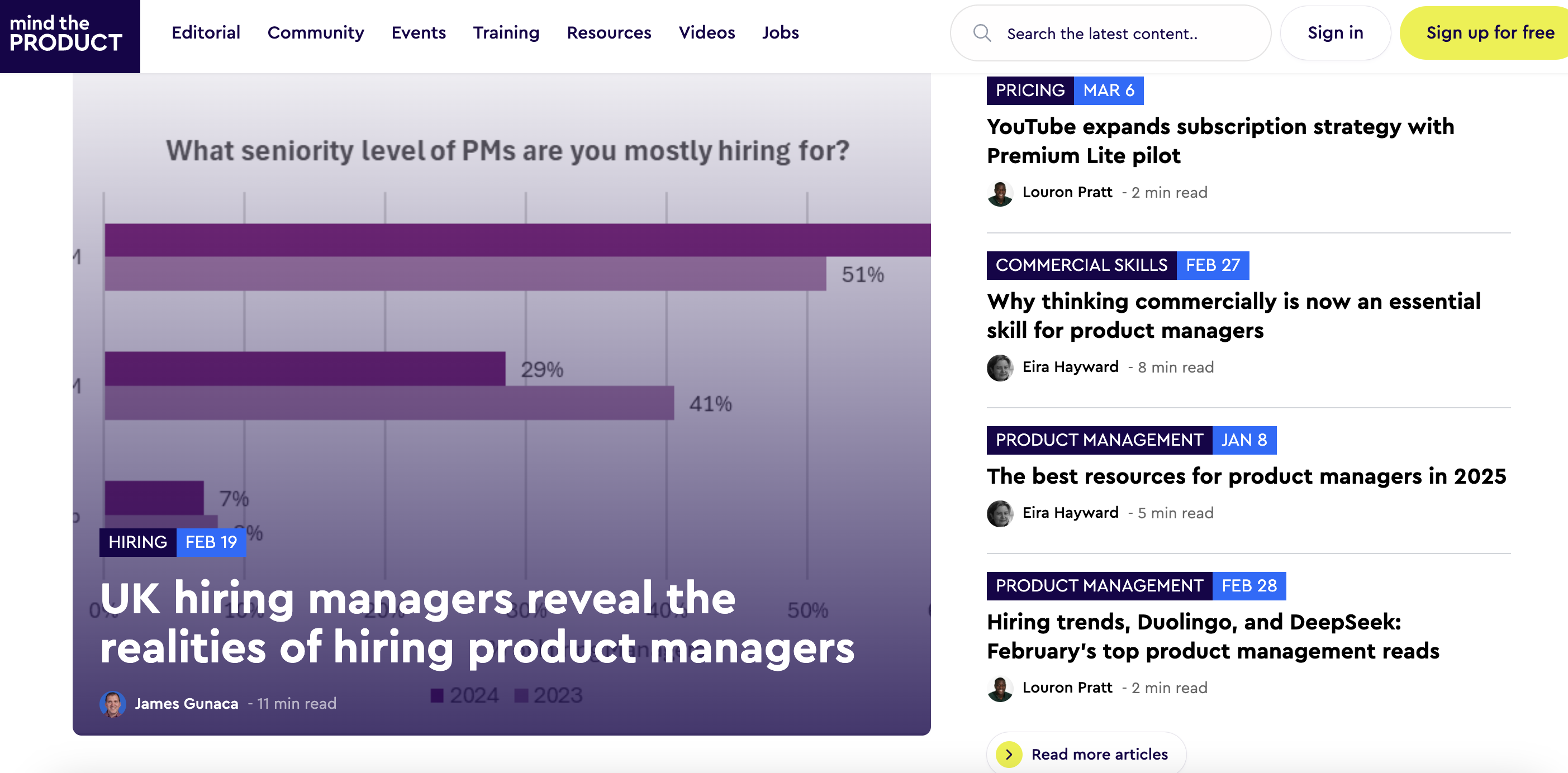
Pro Tip: When publishing a roundup, tag and notify every expert you feature. Most will promote it, getting more eyes on your content (and more backlinks). |
Want expert insights like this delivered straight to your inbox?
Join our Newsletter for curated thought leadership content that actually moves the needle.
4. Case Studies and Real-World Examples
People don’t just want advice—they want proof that it works. A well-documented case study showcasing a successful strategy (or even a failure with lessons learned) can attract high-authority backlinks from industry professionals.
✅ Example: Instead of saying “Content marketing works,” publish “How We Grew Our Organic Traffic by 312% in 6 Months (With Zero Paid Ads).” For instance, see these case-study titles by Breadcrumbs, they catch the reader’s attention immediately.
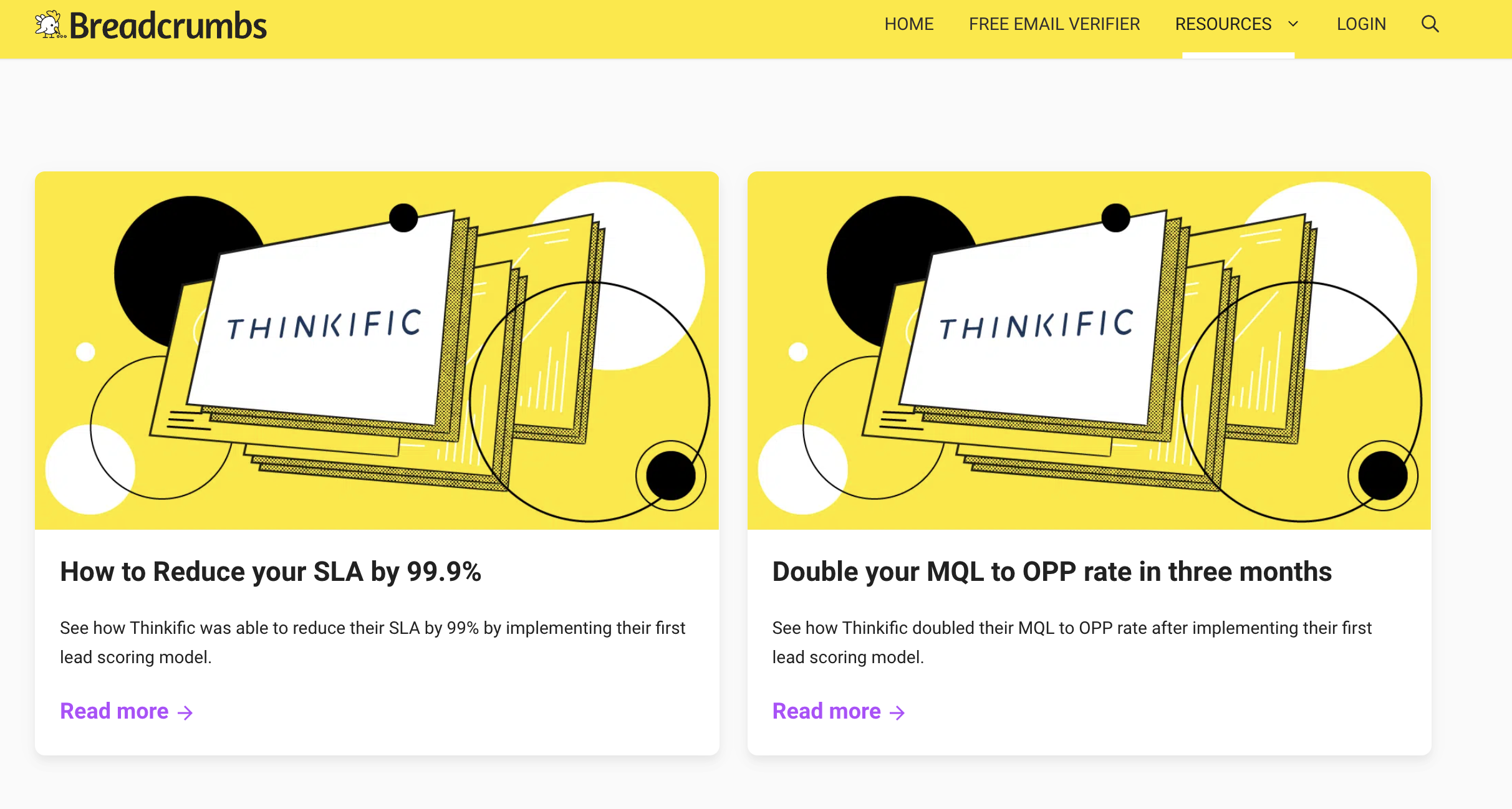
B. Content Promotion Strategies
Creating link-worthy content is only half the battle. If no one sees it, it won’t earn backlinks. Here’s how to get your content in front of the right audience.
1. Share It Where Your Audience is
Most people just drop a link on Twitter and call it a day. That’s a mistake. You need to actively distribute your content so that it will get noticed.
✅ Example: Got a killer guide on technical SEO? Drop it in Reddit’s r/SEO community or share it in a LinkedIn SEO group where professionals actually care about the topic.
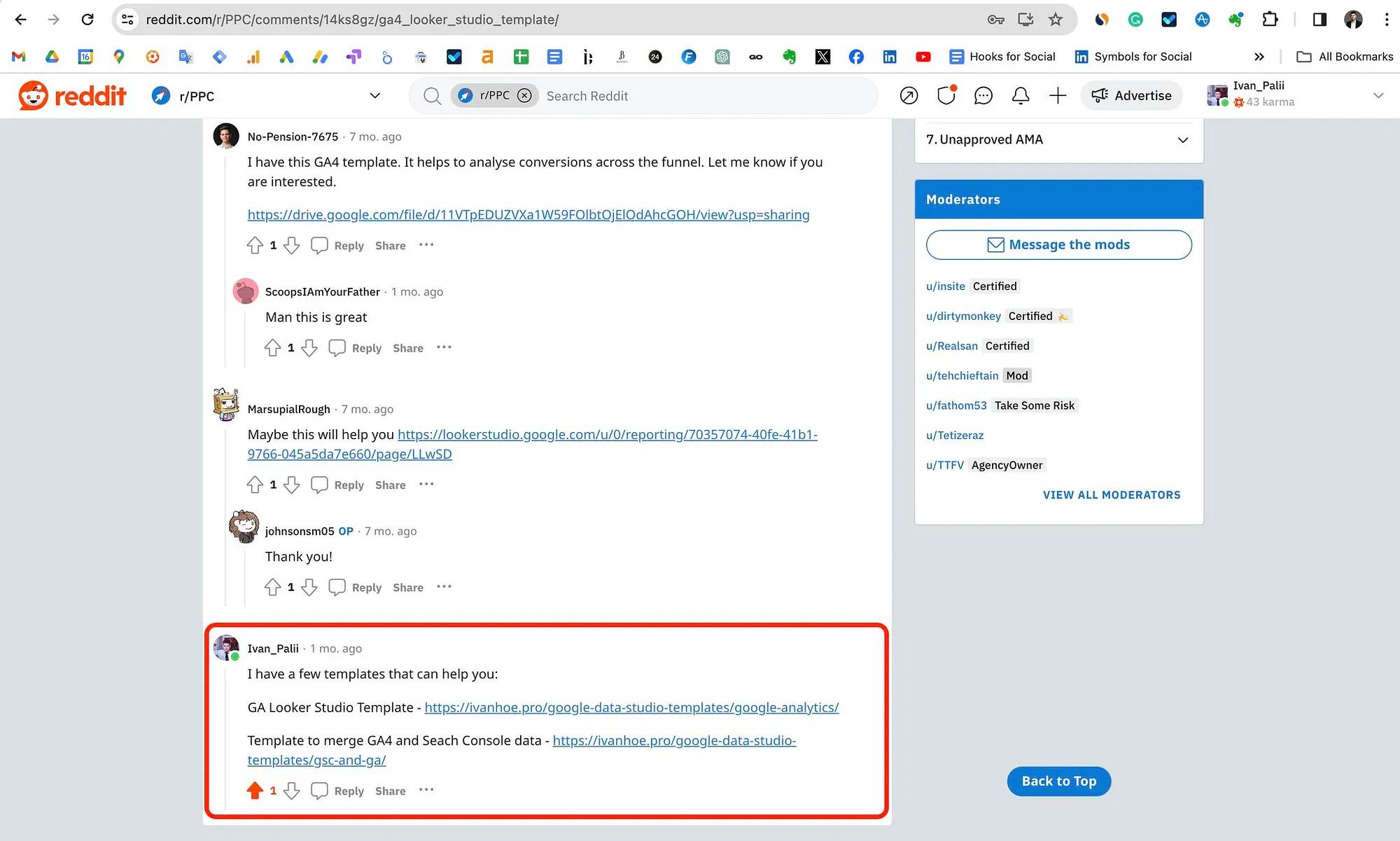
Pro Tip: Don’t just spam your link. Engage in the conversation, provide value, and only share your content when it naturally fits. |
2. Reach Out to Bloggers and Journalists
If your content is high quality, don’t wait for backlinks—go get them. Find websites in your niche that would benefit from your resource and reach out directly.
✅ Example: Just published “The 2025 Guide to Link Building”? Find sites that already link to outdated guides on the topic and pitch them your updated resource.
3. Guest Blogging (But With a Twist)
Guest posting is still one of the best ways to secure organic backlinks—but only if you’re strategic.
✅ Example: Instead of writing “5 SEO Tips” for a random blog, pitch something truly unique like “Why 90% of Link Building Strategies Fail (And What Actually Works).”
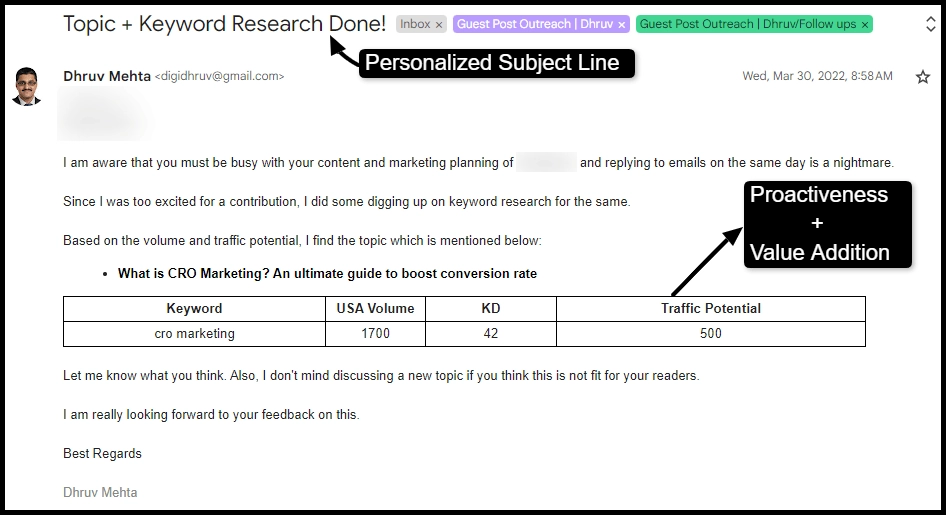
2. Build Relationships Within Your Niche
You can have the best content in the world, but if the right people don’t know who you are, getting organic backlinks will be an uphill battle.
Here’s how you can build it:
A. Networking with Industry Influencers
The easiest way to get on the radar of high-authority sites is to engage with the people who run them.
This isn’t about spamming LinkedIn messages or leaving generic comments—it’s about adding value before you ask for anything in return.
1. Participate in Webinars and Podcasts and even Social Media
Podcasts and webinars are underrated backlink goldmines. When you’re a guest, you almost always get a link back to your website in the show notes.
✅ Example: Ever noticed how SEO pros like Brian Dean and Neil Patel constantly appear on marketing podcasts? It’s no accident—they know that every podcast guest spot equals backlinks + authority + exposure.
2. Engage on Social Media (The Right Way)
Forget “liking” posts and disappearing. Start real conversations. Reply to tweets, comment with insights, and tag industry leaders when you share their work.
✅ Example: Instead of just sharing a post like “Great article by [Influencer]!”, add your take: “Loved this take on keyword research, but here’s why I think search intent is even more important.” Boom—conversation started.
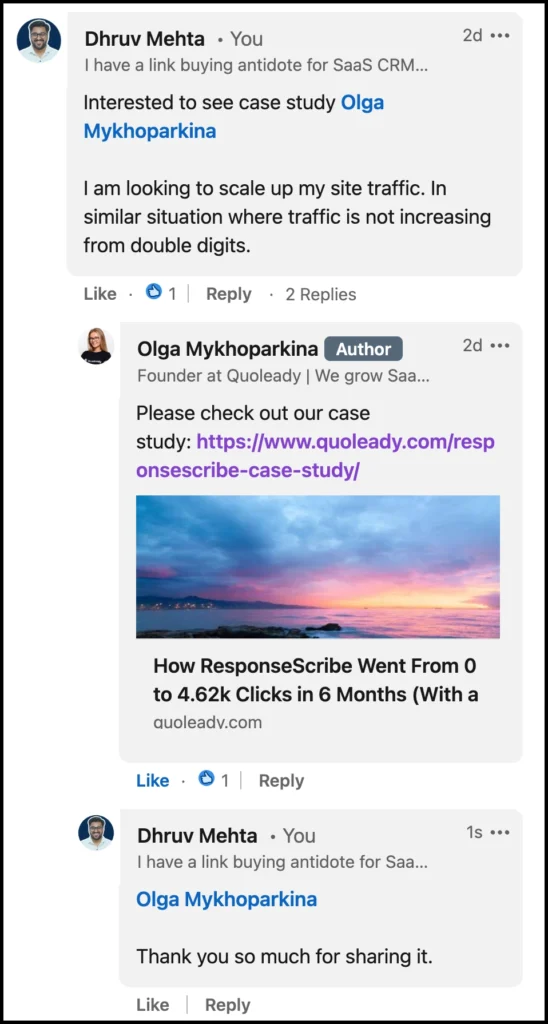
B. Look for Guest Blogging Opportunities
Guest blogging is still one of the best ways to secure high-quality backlinks, but most people go about it the wrong way. They send boring, generic pitches that scream “I just want a backlink.” If you want real opportunities, you need to bring something valuable to the table.
1. Identify Reputable Blogs in Your Niche
Not all guest post opportunities are equal. Target niche-relevant authority blogs that people actually read, not random sites with inflated domain ratings.
✅ Example: If you’re in SEO, pitching Moz, Ahrefs, or Search Engine Journal is worth your time. If you’re in SaaS, HubSpot or G2 should be on your list.
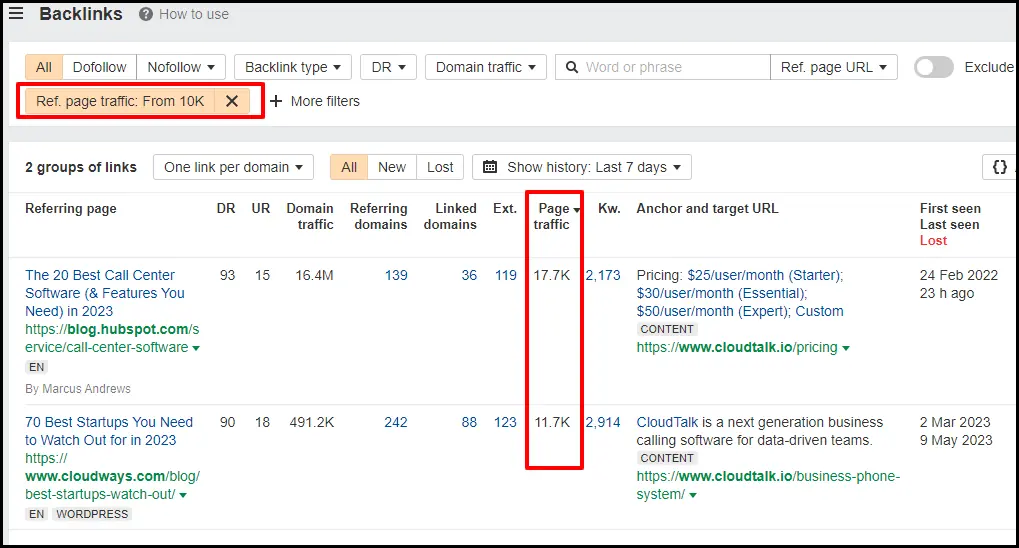
2. Craft Pitches That Offer Real Value
Most pitches suck because they focus on what the writer wants (a backlink) instead of what the blog owner wants (killer content). If you want a “yes,” you need to pitch an idea that actually benefits their audience.
✅ Example: Instead of pitching “5 Tips for SEO” (boring, overdone), pitch “Why 90% of Link Building Strategies Fail (And What Actually Works)”—something fresh, bold, and backed by data.
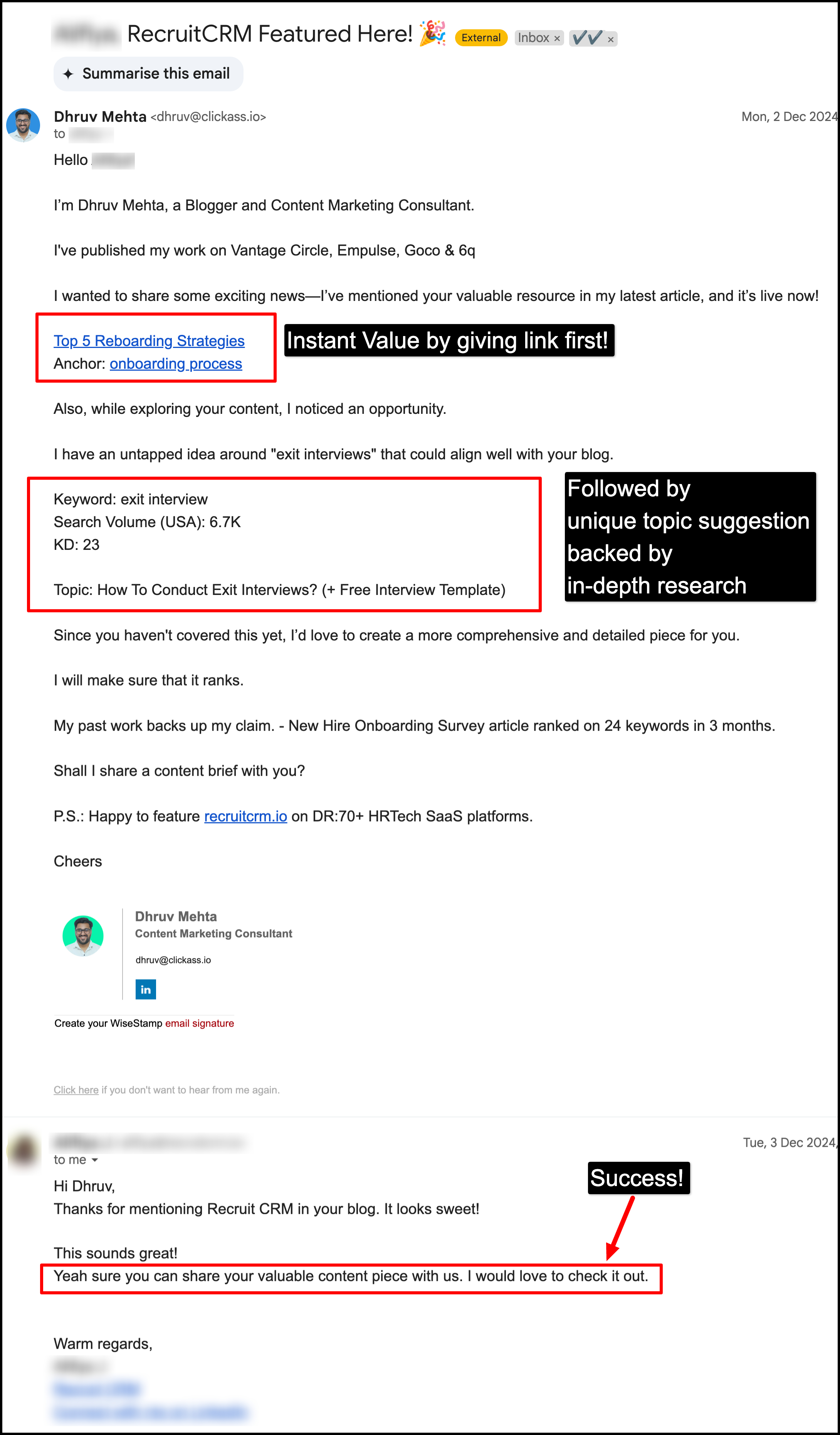
📚 Read more: Struggling with link-building roadblocks? This guide breaks down 13 real link-building challenges and how to conquer them like a pro. |
3. Leverage Digital PR for Organic Links
Unlike traditional link-building tactics, PR-driven links come from high-authority media sites—the kind Google loves.
The best part is that these links are earned naturally, boosting both your credibility and search rankings.
1. Create Newsworthy Content
If you want media sites to link to you, give them something worth talking about. Journalists aren’t going to write about your latest blog post—but they will cover real company news, industry insights, or compelling data.
How to go about it:
- Announce significant milestones: Press releases should be about funding rounds, partnerships, product launches, or industry-changing initiatives.
- Conduct original research or surveys: Publish industry reports, data studies, or unique insights that journalists can cite.
- Leverage trending topics: Tie your company’s expertise to hot topics or breaking news to make it more appealing.
- Create bold predictions: A unique perspective (“Why AI Will Replace 50% of SEO Jobs by 2030”) can grab attention and spark discussion.
For example, look at this title and the cover image selected by the editors at Verge—it’s very on-point with the topic and the ongoing trends.

2. Collaborate with Journalists
Journalists always need expert insights. If you position yourself as a go-to source for quotes, they’ll feature you in their articles—and link back to your site.
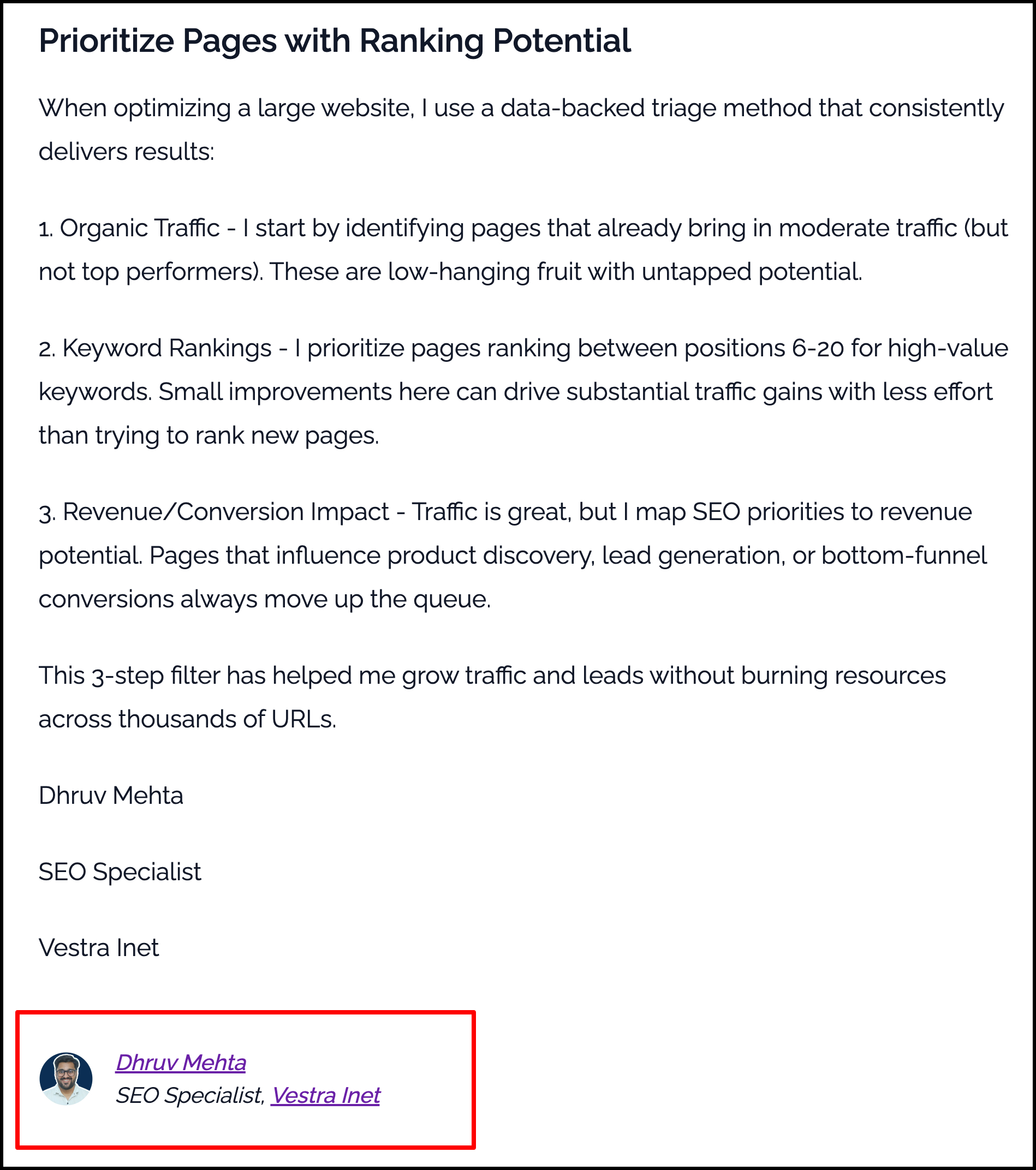
How to go about it:
- Sign up for journalist request platforms: Use HARO (Help a Reporter Out), Qwoted, and SourceBottle to respond to journalist queries.
- Build relationships with industry writers: Follow journalists on Twitter/X and LinkedIn, engage with their content, and be helpful before pitching.
- Pitch yourself as an expert: If you have unique knowledge, reach out to journalists directly with a short, value-packed email offering insights on topics they cover.
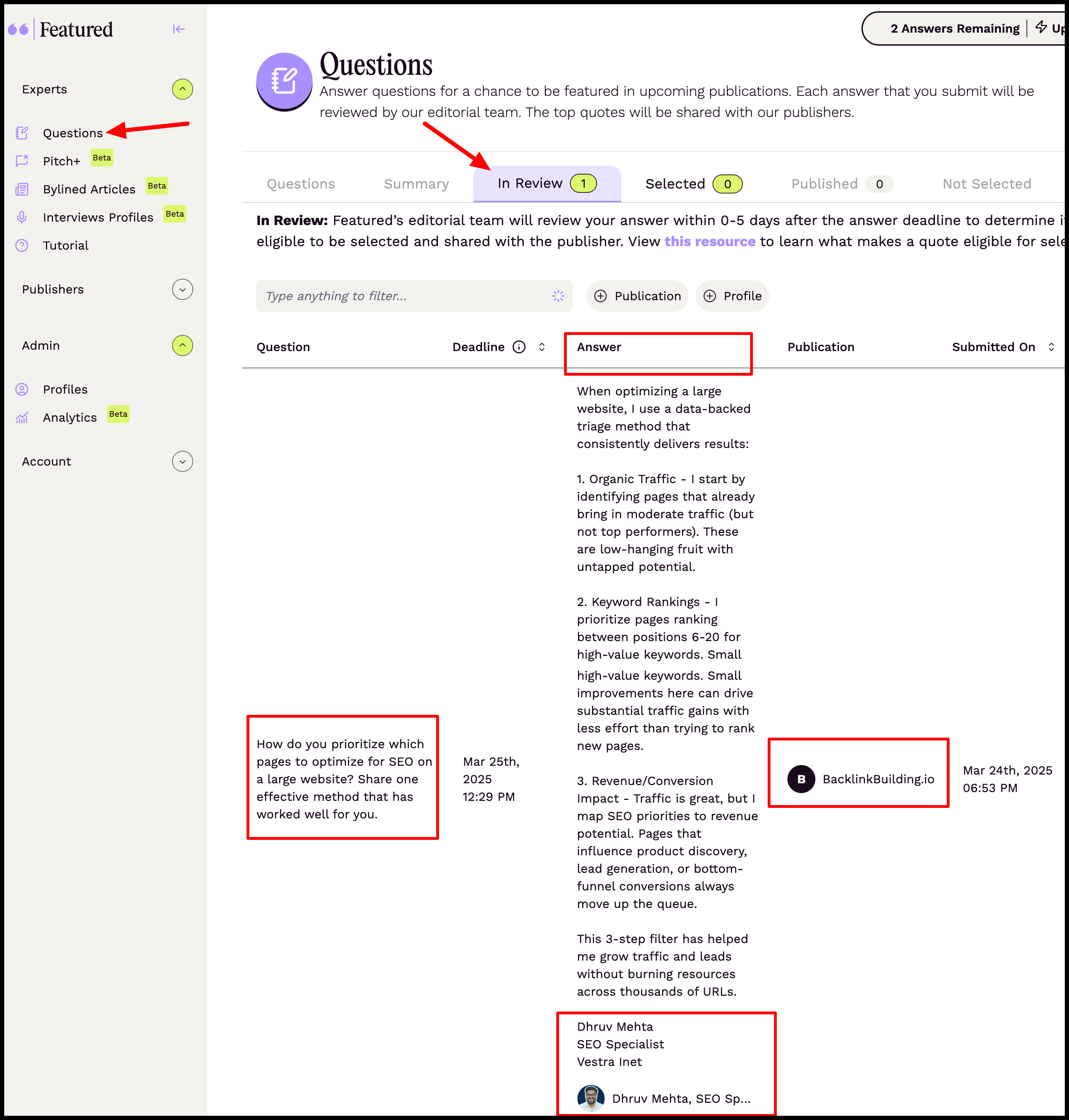
Utilize Advanced Link Building Techniques
Basic link-building won’t cut it if you want to stay ahead in 2025. You need strategies that scale naturally and attract high-authority links without risking penalties.
Here are the two most prominent strategies:
1. The Skyscraper Technique
Why reinvent the wheel when you can make it better?
The Skyscraper Technique is all about finding high-performing content in your niche and creating a superior version. This could mean adding new data, visuals, case studies, or a better user experience—essentially making it THE go-to resource on the topic.
Here’s how to do it in four steps:
- Find High-Performing Content: Use Ahrefs, BuzzSumo, or SEMrush to find top-ranking content with tons of backlinks in your niche.
- Create a Better Version: Expand on the topic with more insights, updated statistics, fresh case studies, or better visuals to make it the definitive resource.
- Optimize for SEO & UX: Improve readability, add structured headings, interactive elements, and mobile-friendly design to enhance the user experience.
- Reach Out to Websites Linking to the Old Content: Use Hunter.io or Respona to find contact emails and pitch them your superior version as a better, more up-to-date replacement.
2. Broken Link Building (An Easy Win)
Websites hate broken links. You can help them fix it—while earning a backlink in the process.
✅ Example: Use a tool like Check My Links (Chrome Extension) to find broken links on high-authority websites. If you spot one related to your content, reach out and offer your resource as a replacement.
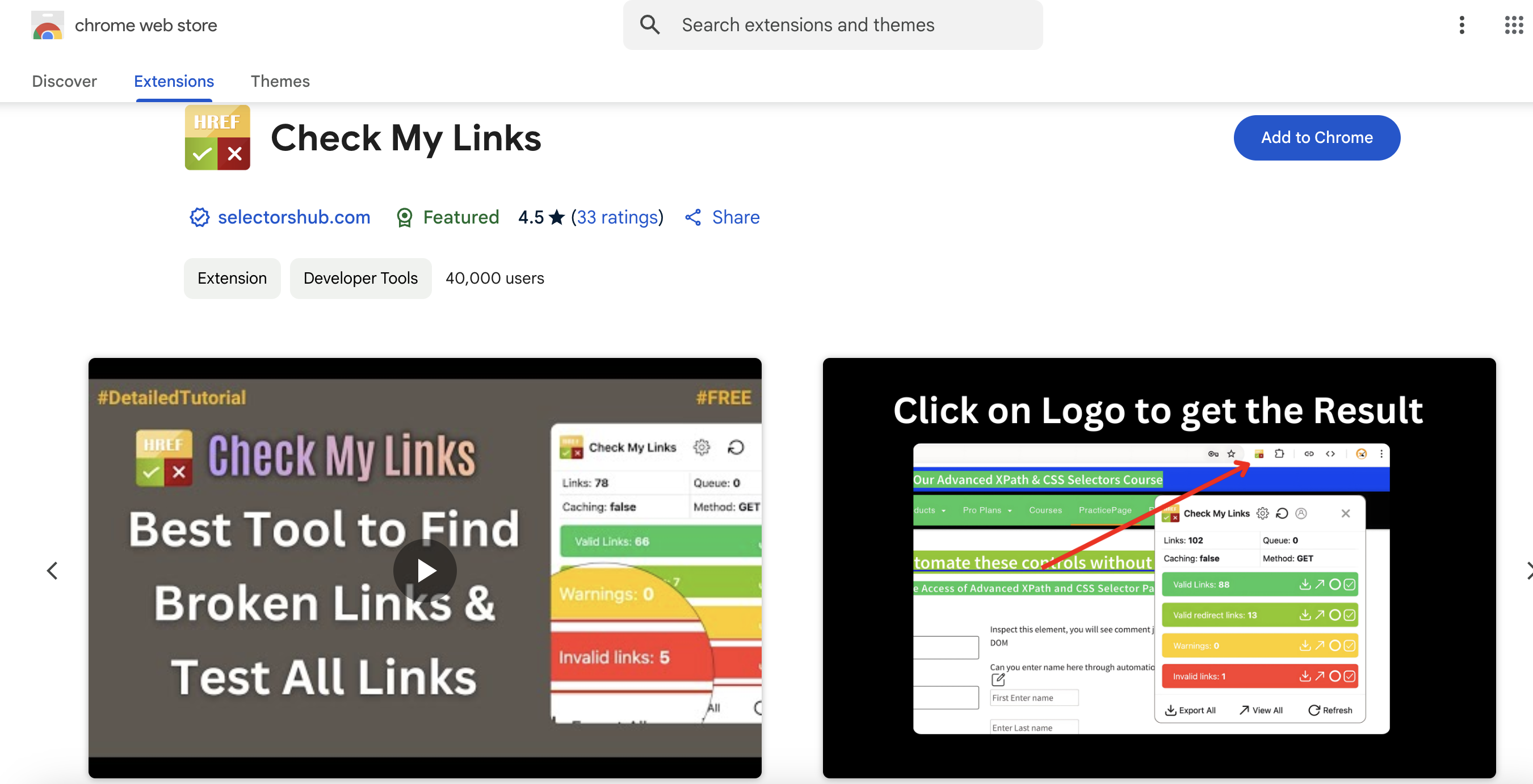
📌 Read More:
Explore our full SaaS link building playbook for scalable strategies tailored to software brands.
Monitor and Analyze Your Backlink Profile
Building backlinks is only half the game—tracking and analyzing them is just as important. If you’re not keeping an eye on your backlink profile, you could be losing valuable links or accumulating spammy ones that hurt your rankings.
Here’s what you can do:
1. Use SEO Tools
You can’t manage what you don’t measure.
Regularly checking your backlinks ensures you’re aware of who’s linking to you, where new links are coming from, and whether any have disappeared.
- Use Tools Like Ahrefs, SEMrush, or Moz: These platforms let you track new, lost, and toxic backlinks in real time.
- Set Up Alerts for New Backlinks: Google Search Console and Ahrefs can send notifications whenever your site gains or loses a backlink.
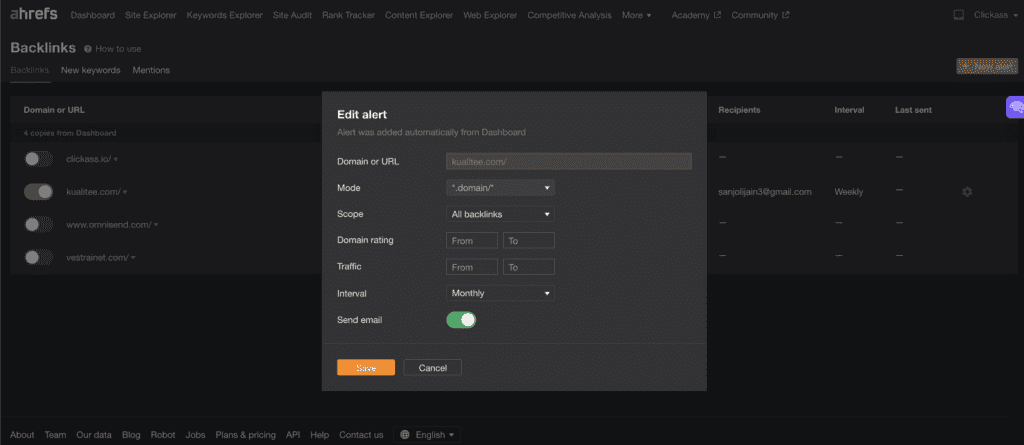
- Analyze Link Growth Trends: Track how many new backlinks you’re gaining weekly or monthly to assess whether your strategies are working.
- Identify Competitor Backlinks: Use Ahrefs’ “Link Intersect” feature to see where competitors are getting backlinks and target the same sources.
📚 Read more: Think backlinks are all about buying links? Think again—this guide cracks the code on organic link building that actually works. |
2. Assess Link Quality
Not all backlinks are created equal.
A few high-quality links can outperform hundreds of spammy ones. Regularly auditing your links helps maintain a healthy backlink profile and protects your site from penalties.
- Check Domain Authority (DA or DR): Use Ahrefs, Moz, or Majestic to evaluate the strength of linking domains. Aim for links from high-authority sites (DA 50+).
- Analyze Relevance: A backlink from a related industry site is far more valuable than one from an unrelated niche.
- Look at Anchor Text: Natural, diverse anchor text is a sign of healthy link-building. Too many exact-match keyword links can trigger Google’s spam filters.

- Disavow Toxic Links: If you find spammy or irrelevant links, use Google’s Disavow Tool to prevent them from hurting your rankings.
Feeling the pressure of managing backlinks on your own?
Let our experts take it off your plate.
Check out our SaaS Link Building Services and get a tailored strategy built for growth—without the guesswork.
Take Action for Long-Term SEO Success
Organic link building isn’t a growth hack—it’s a long-game play for lasting authority. By focusing on useful content, building relationships, and tapping into strategic outreach methods, you create a backlink profile that compounds in value over time.
And the best part? You don’t need to guess what quality links look like.
👉 Download Sample SaaS Links From Here and get insider access to a curated sheet of high-quality backlinks we’ve built for real SaaS clients.
Use it as a benchmark—or a starting point—for your own campaign.
Stay consistent, stay useful, and the links will follow.
FAQs
- What is organic link building?
It’s the process of earning backlinks naturally by creating content people want to reference and share—no paid links, no shortcuts, just real authority.
- How long does it take to see results?
Expect 3 to 6 months before major ranking shifts. SEO is a marathon, not a sprint—consistent effort wins.
- Are organic links better than paid links?
Absolutely. Organic links signal trust and credibility to search engines, while paid links can get you penalized if detected.
- What type of content attracts the most backlinks?
Think data-driven reports, in-depth guides, expert insights, and eye-catching infographics—the kind of content people can’t resist linking to.
- How do I find organic link-building opportunities?
Use Ahrefs, SEMrush, or Moz to spy on competitor backlinks, track industry forums, and watch for brand mentions that could turn into links. An even better way would be to engage with journalists and influencers that are relevant to your industry.
About The Author
Sanjoli Jain
Content writer and strategist with over 5 years of experience helping SaaS brands grow through research-backed storytelling and SEO. I enjoy unpacking dense SEO topics and shaping them into content that moves the needle. You'll always find me chasing the sweet spot between clarity, strategy, and search performance.
Table of Contents
ToggleRelated Posts
SaaS Link Building Playbook for Faster SEO Wins
How to Choose the Right White Label Link Building Partner for Your SaaS SEO Agency
Forum Backlinks in 2025: Strategy, Risks & Truth
13 Cold Email Tweaks That Improved Backlink Outreach (Backed by Experts)
Domain Rating vs Domain Authority – What SEOs Should Focus On
Leading White Label Backlink Services: Ranked & Reviewed
Relevant Links Guide: Master Contextual Backlinks Today
Manual Link Building in 2025: A Human-First Guide
Contextual Link Building in 2025: A Practical SEO Guide That Works
Mastering International Link Building in 2025
Beyond DR: Real Link Building Metrics That Actually Work
10 Proven Ways to Sell Backlinks and Earn $30K a Year
How To Earn Natural Backlinks Without Cold Emails
The Ultimate Guide to Organic Link Building in 2025: Future-Proof Your SEO
Top AI-Powered Link Building Trends for 2025 [From 15 Experts]
Link Prospecting Guide: Find High-Quality Backlinks
Inbound Link: What it is & How It Affects Your SEO Rankings?
Backlink Management Guide: Unlocking Top Tools and Strategies
CTR Manipulation: Discover Ethical SEO Alternatives
Niche Relevant Backlinks: Comprehensive Guide (2025)
White Label Link Building 101: A Guide for SEO Agencies
10+ Niche Driven SEO Strategies to Boost Your Traffic & Revenue
How to Check Who Links to My Site Or Any Site for Better SEO?
What Are Editorial Links? (+ How to Earn Them)
Link Building Checklist (2025): Smart Strategies for SEO Pros
20+ Link Building Benefits for SEO Mastery and Growth
Unlocking the Power of Reciprocal Links in 2025: Strategies for SEO Success
13 Link Building Challenges & How to Overcome Them
16 Link Building Mistakes to Avoid in 2024
What Are PBN Backlinks? (And Why You Shouldn’t Use Them)
Analyzing Your Backlink Profile for SEO & 2 Perfect Examples
10 Ways to Index Backlinks Faster in 2024
Nofollow vs. Dofollow Backlinks: Understanding Their SEO Implications
Tiered Link Building: Everything You Need to Know
What is Link Equity and How Is It Determined?
Link Building 101: Master The Basics and Beyond
The Power of Backlinks: Why They Are Essential for SEO Success
Link Insertion: How to Do it with $0 Investment?
Everything You Need to Know About Link Farming
9 Underrated Techniques to Get High Authority Backlinks in 2024
Doorway Page Explained: Ultimate Effects on SEO And Rankings
Top of Funnel Marketing For SaaS: Strategies, Measurement, and Examples
Link Building Outsourcing: The Definitive Guide [2023]
8 Cost-Effective Ways to Get You Higher Search Engine Rankings
An Ultimate Guide to Growth Marketing






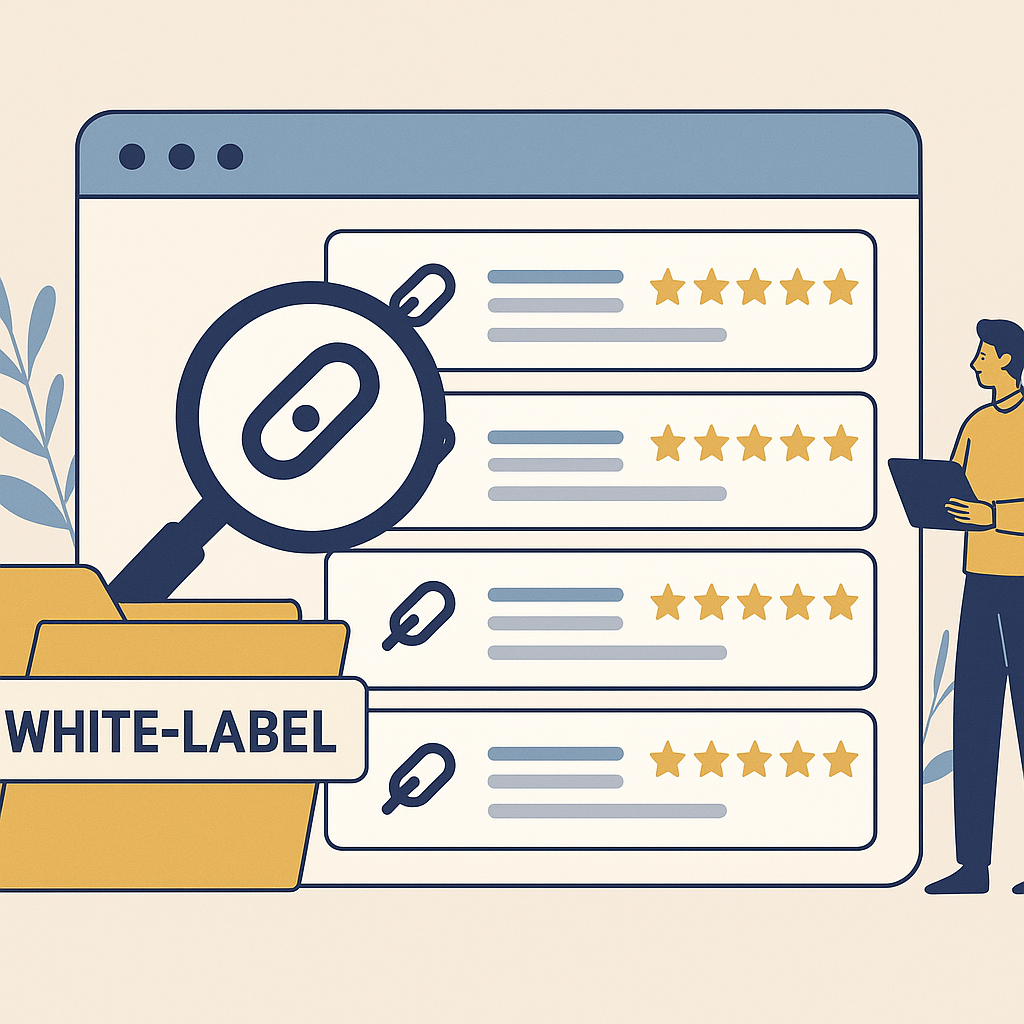


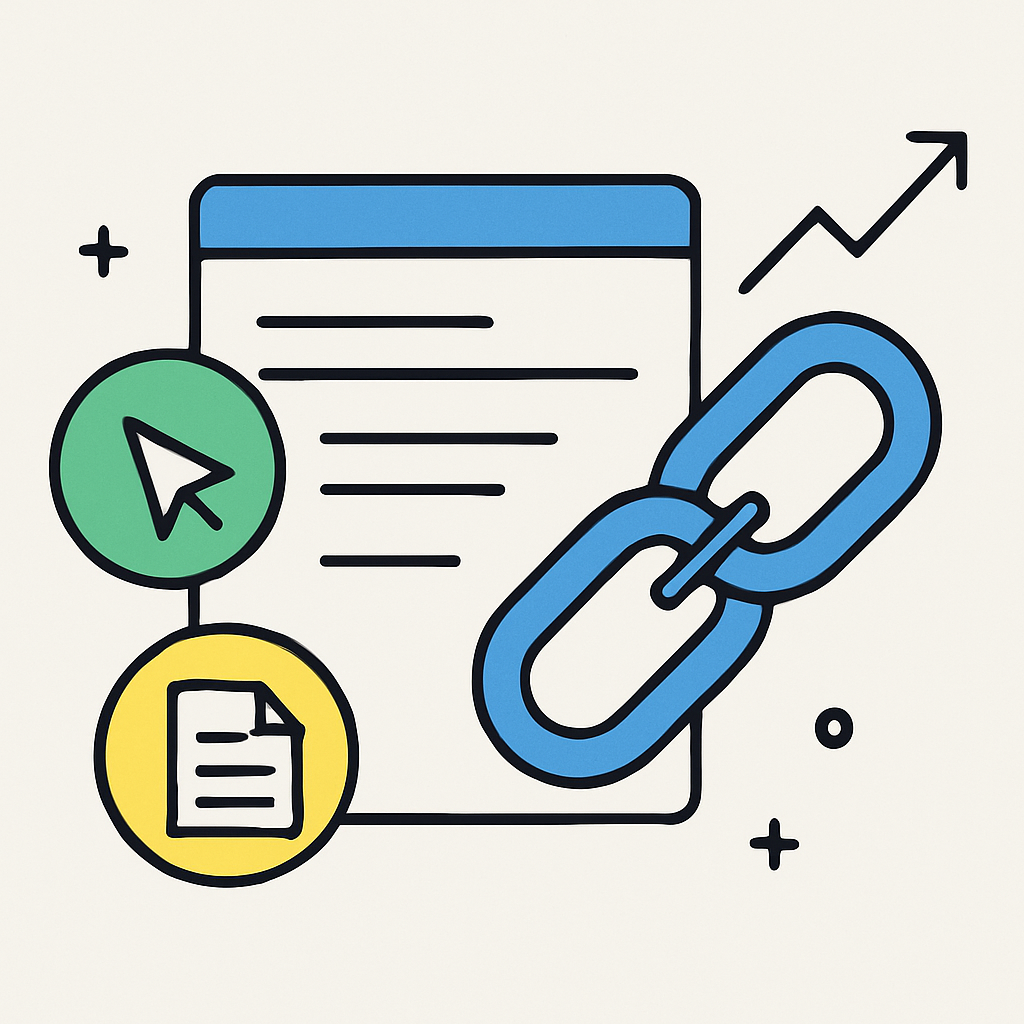





















![Backlink Profile: Analysis + [2 Perfect Examples]](https://clickass.io/wp-content/uploads/2024/01/Examples-of-Perfect-Backlink-Profile3-1.webp)
